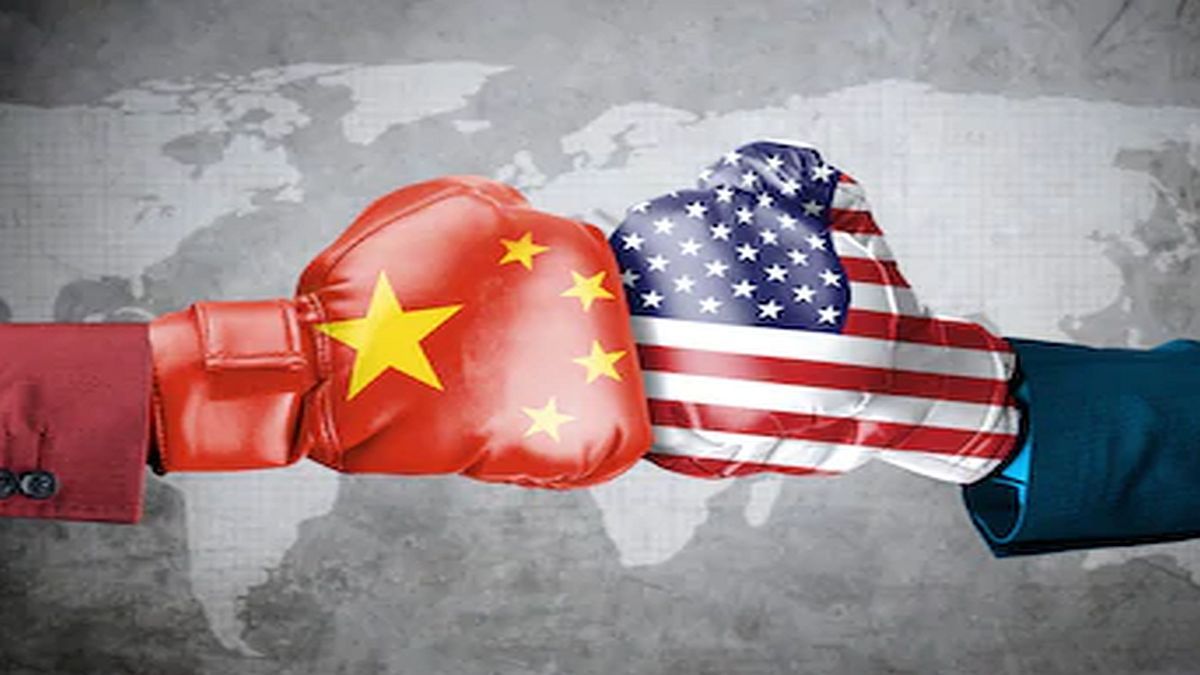In the competition for global technological supremacy, China managed to overtake the United States in at least one key aspect: control over rare earths. This term refers to a group of 17 elements essential for the manufacture of technological productsas semiconductorsindustrial magnets and certain solar panels, all affected by the trade war between both countries.
Over the past year, Beijing has tightened its control over these critical minerals. In December, China banned the export of a number of rare earth processing technologies, and last month further strengthened its control over the sector, requiring exporters to monitor how these minerals are used in supply chains, under the pretext of protect resources and national security. This situation raised fears that China could further restrict global access to rare earths.
China has dominated the rare earths market for years thanks to its supply, low labor costs and more permissive environmental regulations.
The country produces 60% of rare earth minerals and accounts for 90% of global refined production. With the new regulations, rare earth resources in China are now considered state property, and two Canadian refineries in the country have been nationalized. It is not the first time that China imposes restrictions: In 2010, it imposed strict quotas on rare earths, which sent prices soaring and led to a lawsuit by the US, EU and Japan at the WTO. China lost the case and had to lift the quotas in 2015.
The trade war moves to the technological field
Following that move, several countries attempted to diversify their supply chains, but failed due to high costs and environmental concerns. New efforts are currently being made to increase global production in the face of growing tension.
In 2022, the US Department of Defense allocated $45 million to MP Materials for rare earth oxide processing and more than $288 million to Lynas USA in 2023 to create scale rare earth oxide production facilities. commercial.
China uses control of these resources as part of its broader control strategy over critical minerals, a measure that is part of a regulatory framework implemented in recent years. During Donald Trump’s presidency, the United States and China imposed tariffs on each other.
RARE EARTH COVER.jpg
A group of 17 essential elements for the manufacture of technological products.
Courtesy: El Dinero (Dominican Republic)
However, China has less power in a tariff war because of its greater exports to the United States than imports. Thus, China has devised a system of control over rare earths that it can use as a tool in a trade dispute. The White House has warned that this strategy leaves the United States vulnerable to supply crises.
The impact of rare earth restrictions is significant for key companies such as TSMC and Nvidia, which are at the center of the trade war, especially in the chip industry, which is present in all types of products, from computers to vehicles. and defense equipment. Taiwan leads chip production, and TSMC is the largest producer, supplying Nvidia, a leader in artificial intelligence. If the trade conflict worsens, China could use its control over rare earths as additional pressure, which would have global economic effects such as rising prices and inflation in final products.
These tensions have drawn comparisons to the Cold War, according to Zongyuan Zoe Liu, a professor of Chinese Studies at the Council on Foreign Relations. In his opinion, the current rivalries are similar to the tensions between the United States and the Soviet Union after World War II.
Source: Ambito
I am Pierce Boyd, a driven and ambitious professional working in the news industry. I have been writing for 24 Hours Worlds for over five years, specializing in sports section coverage. During my tenure at the publication, I have built an impressive portfolio of articles that has earned me a reputation as an experienced journalist and content creator.




